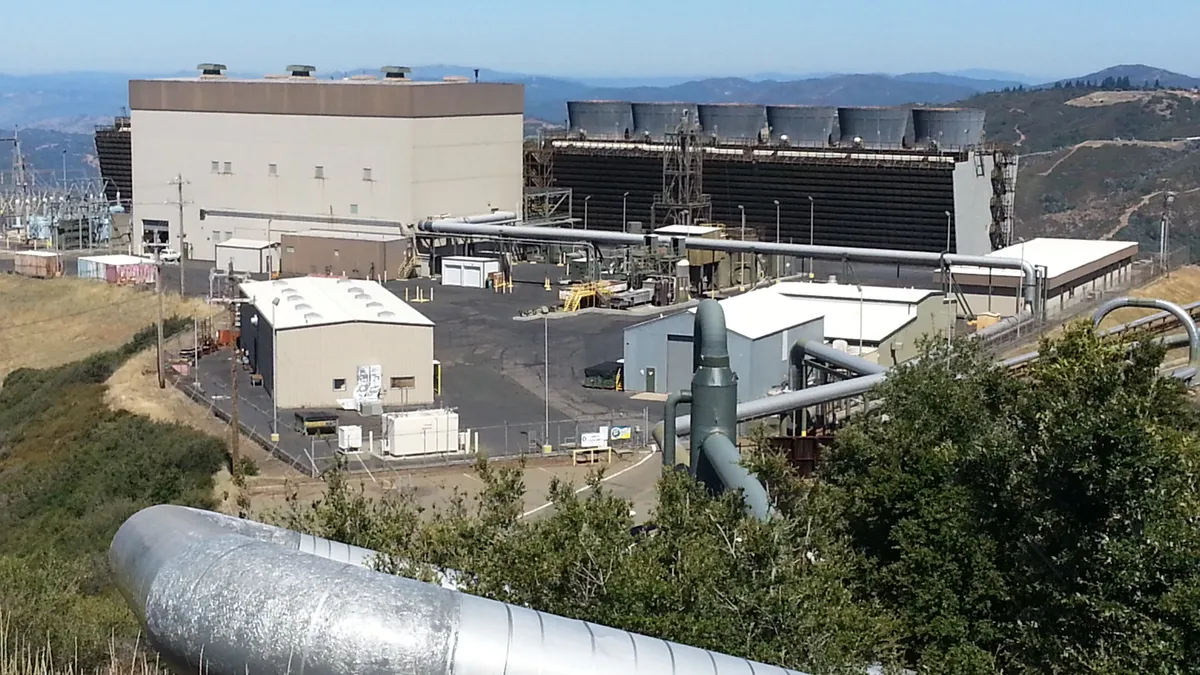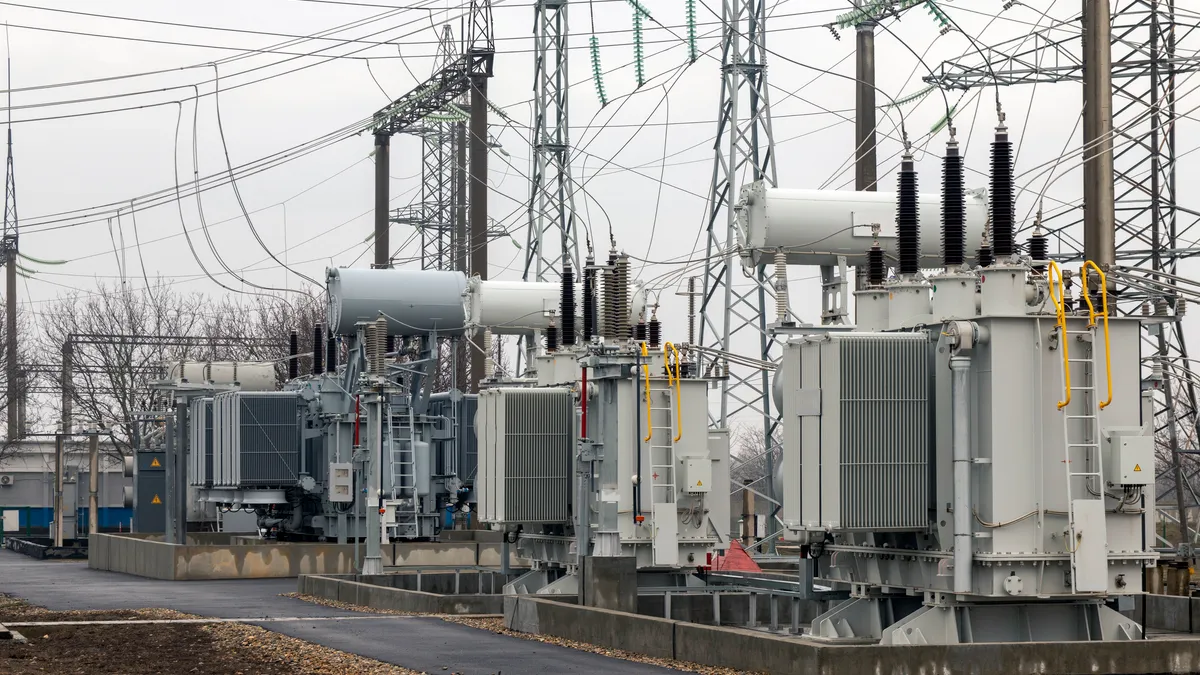Recent studies show geothermal energy is cost competitive – so why don't utilities use it more?
2014 analyses by the U.S. Energy Information Administration, the California Public Utilities Commission, and Bloomberg New Energy Finance show geothermal’s levelized cost of energy (LCOE) is in line with other renewables, according to The Economic Costs and Benefits of Geothermal Power from the Geothermal Energy Association. But a utility's technology choice can go beyond the LCOE, GEA notes, to “contractual risks or liabilities, planning and permitting uncertainties, unexpected resource risks, actual versus planned project lead times, and other factors.”
More importantly, according to officials at NV Energy, the Imperial Irrigation District, and the Sacramento Municipal Utility District, the common “Least-Cost Best-Fit” method of ranking generation requires utilities to ignore integration costs.
“The LCOE for geothermal is competitive if you include the integration costs of intermittent renewables,” said Imperial Irrigation District (IID) Energy Manager Carl Stills, “because geothermal is a base load resource without integration costs.”
Stills did not find the GEA report’s LCOEs for renewables from Southern California Edison, Pacific Gas and Electric, and San Diego Gas and Electric to be current. “Solar PV prices have come down considerably.” With integration costs, the solar price, he said, “is somewhere in the $93 per megawatt-hour to $103 per megawatt-hour range.” Geothermal prices are “anywhere from $80 to $110.”
Imperial Irrigation District and integration costs
Referencing a January 2014 Energy+Environmental Economics study, Stills pointed to a solar storage cost of $23 per megawatt-hour to $33 per megawatt-hour. “Storage is your integration cost,” he explained. “The LCOE numbers true up once you start putting that in.”
With the integration calculation, the study's most diverse scenario, the hypothetical 50% RPS portfolio which used the most geothermal, had the “lowest overall cost,” GEA points out.
Direct economic benefits from geothermal development, according to GEA, also include (1) revenues from sales taxes, property taxes, mine taxes, and business taxes, (2) payments of bonus bids, lease rentals, and royalties to federal, state and local governments, (3) salaries and benefits to 170 permanent employees and 640 temporary employees per 100 megawatts of installed capacity, and (4) purchases from local vendors.
Finally, geothermal’s emissions-free base load generation provides reserves for grid operators, GEA notes. “Every additional geothermal megawatt enables 3 megawatts to 5 megawatts of variable renewables like solar and wind on the grid.”
Sacramento Municipal Utility District
“Geothermal has high capital costs and high risk because finding where to drill is expensive,” said Sacramento Municipal Utility District (SMUD) Project Manager Elaine Sison-Lebrilla. SMUD’s 30 megawatt Tatua project, acquired through a 2010 PPA, “took longer than expected to go online because of delays in confirming the resource.”
SMUD’s most recent RFP was for solar, Sison-Lebrilla said. “Utilities in general are agnostic about renewables except on cost. The LCOE numbers give us a benchmark but what matters is what we see coming in from our RFPs. For geothermal, because it is very location specific, it can be very competitive. Or not.”
Geothermal is likely to be important to SMUD for base load fuel diversity, she added, “but the largest part of our base load renewables going forward will be biomass.”
NV Energy
Geothermal was successful in past NV Energy RFPs and helped the utility with Nevada’s renewables mandate, “particularly when solar prices were higher,” explained Director of Energy Procurement Barbara Doble. In a current RFP, the first since 2010, “our expectation is that utility scale solar is going to be very cost competitive.”
But geothermal could carry more weight in this RFP because it is to replace base load coal, Doble said. “The concern is that the resource is in the north and is needed in the south. We will be looking to get the resource, wherever it comes from, to the load center in NV Energy’s service territory. If geothermal meets the need, then geothermal meets the need.”
For NV Energy’s southern territory, “geothermal has the advantage of being available 24/7 and solar has the advantage of being where it is needed. For the northern territory, it would be just the opposite.”
Like Doble, Stills said his next RPS procurement will be for base load generation. Geothermal will be “a significant part of the mix” because IID’s need for peak generation is met. “There is room for all the generation sources. We just have to get the costs right.”
Looking ahead
California just lost its 2,200 megawatt San Onofre nuclear facility and will be losing at least 10,000 megawatts of old fossil plants to the state-mandated closure of water-polluting “once-through-cooling” facilities, Stills explained.
New EPA regulations and California laws prohibiting the purchase of out-of-state coal generation eliminate more options for utilities, he added. And the drought has left reservoirs at 33% to 50% capacity, drastically reducing hydroelectric resources.
“The only thing left besides base load geothermal is gas. It is now 63% of California’s generation. That’s too many eggs in one basket. We already had, this year, three gas curtailments because there wasn’t enough gas and infrastructure during the cold winter when Eastern prices spiked,” Stills said. “The state was one hour away from blackouts.”
California’s grid operator imports electricity, Stills said, “but the transmission system is loaded more heavily than ever, threatening cascading outages that would blow through systems like you have never seen. More in-state geothermal would decrease that threat. “





















